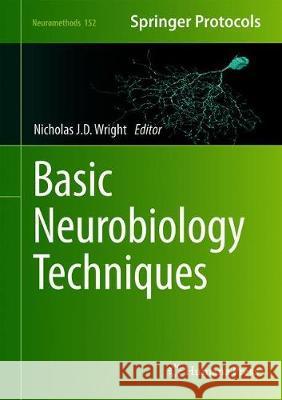Basic Neurobiology Techniques » książka
topmenu
Basic Neurobiology Techniques
ISBN-13: 9781493999439 / Angielski / Twarda / 2019 / 352 str.
Basic Neurobiology Techniques
ISBN-13: 9781493999439 / Angielski / Twarda / 2019 / 352 str.
cena 605,23
(netto: 576,41 VAT: 5%)
Najniższa cena z 30 dni: 578,30
(netto: 576,41 VAT: 5%)
Najniższa cena z 30 dni: 578,30
Termin realizacji zamówienia:
ok. 22 dni roboczych
Dostawa w 2026 r.
ok. 22 dni roboczych
Dostawa w 2026 r.
Darmowa dostawa!
Kategorie BISAC:
Wydawca:
Humana
Seria wydawnicza:
Język:
Angielski
ISBN-13:
9781493999439
Rok wydania:
2019
Dostępne języki:
Numer serii:
000032583
Ilość stron:
352
Oprawa:
Twarda











